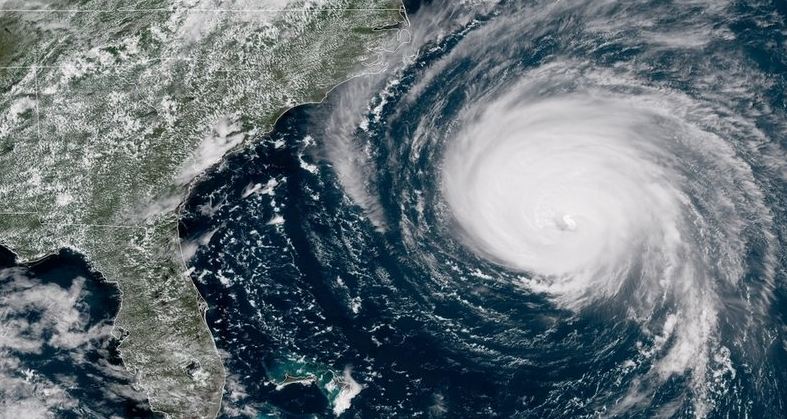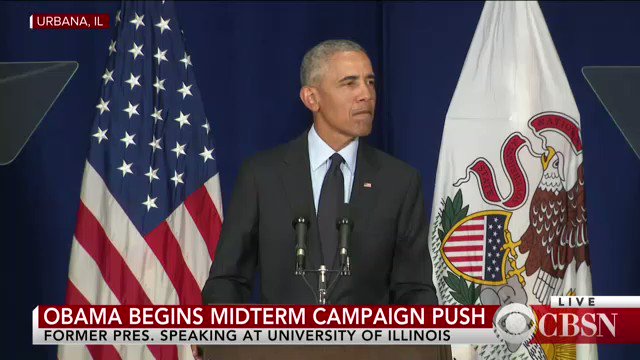“Newspapers are dying,” writes Rob Kall, Editor-in-Chief of progressive (but refreshingly open-minded) opinion site OpEdNews, in a (recently updated) 2010 op-ed. “Let them. There may have been people who wanted to rescue the buggy whip industry. But they were misguided. It was transportation they really cared about. We need to initiate dynamic, bottom-up approaches to support the ailing field of Journalism, not newspapers.”
Kall’s analysis is as trenchant now as when he first addressed himself to the decline of the newspapers that previous generations knew, and to what looks like a “market failure” on the part of today’s Internet-based news culture. Any mistakes in translating that analysis here are mine, by the way. Here we go:
The rise of free content and ease of entry into the field has us getting more “journalism” … but less real information. Opinion writers (like me) are a dime a dozen. Amateur stringers and glorified copy editors cover five-point-lede “hard news” on the cheap. But the shock troops of news, full-time investigative journalists, have to learn the ropes and they have to be paid. That’s not happening. The result: Many important things get missed and many things that aren’t missed get only insufficient, inaccurate — or worst, sponsor viewpoint biased — coverage.
Kall’s proposed solution: “If the US government invests directly in journalists, so their writings and reports can be freely used by any media organization or site, that investment will yield big results.” He suggests a $3.5 billion program, translating to 50,000 investigative journalists receiving salaries of $60,000 per year with benefits.
My response to Kall: “If the US government invests directly in journalists, we’ll get the journalism the US government wants us to have.”
Kall’s response to me: “That’s a knee-jerk, anti-government reaction. If the funding is structured so journalists can be independent … it doesn’t have to be that way.”
…click on the above link to read the rest of the article…
















